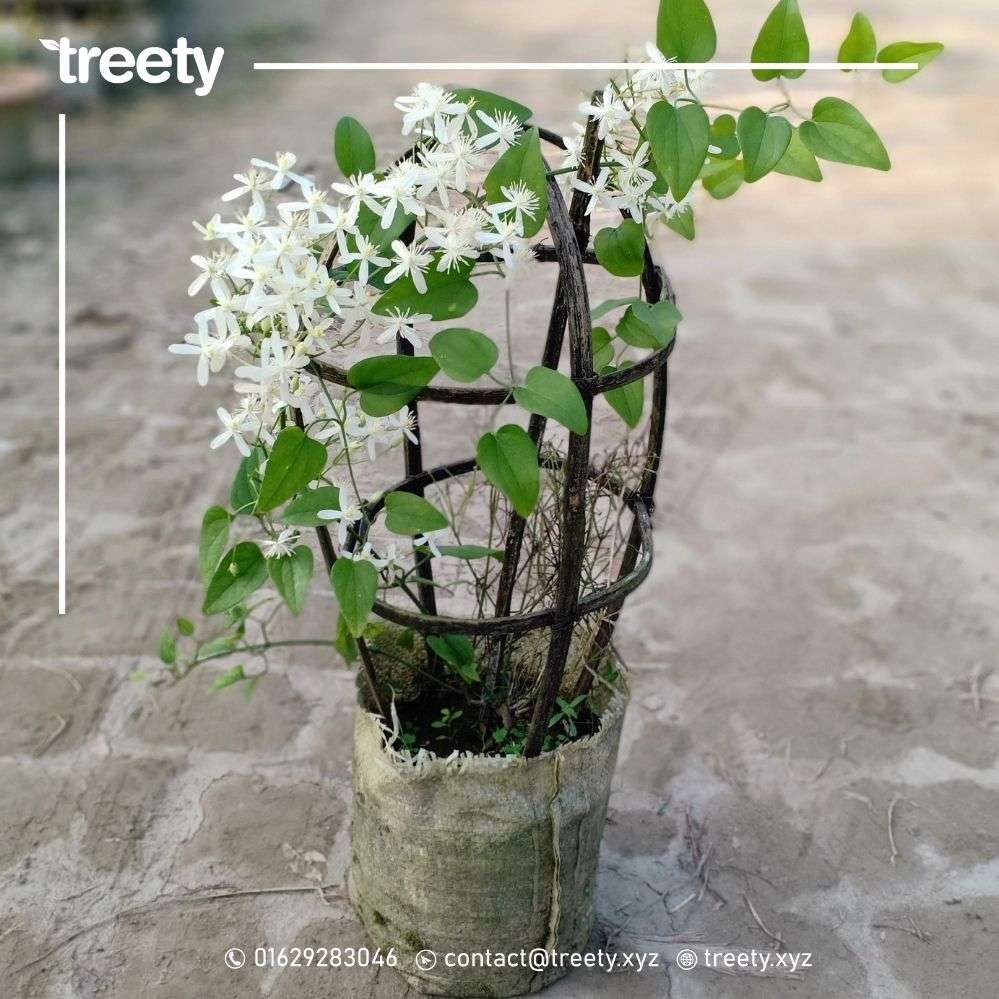Benefits:
•Inexpensive to grow: The rubber plant is not expensive, a good thing if you’re on a budget. Also, you can propagate it easily from cuttings. Growing rubber plant from cuttings allows you to have multiple specimens that you can keep at home and office. You can also gift them to friends, family, and coworkers in decorative pots.
•Low Maintenance Plant: The rubber plant is not very needy and basically grows on neglect. It’s adaptable to low light conditions and shade until it’s receiving bright indirect light. It needs infrequent watering cycles and slightly moist soil, and little to no fertilization. When planted in potting soil with a lot of organic matter, it won’t require supplemental feeding for a long time.
•No Allergic Properties: It’s seen in many cases that houseplants initiate an allergic reaction in their owners. The reason behind it is the sensitivity to pollen grains present in the blooms. As rubber plant does not produce pollens, this won’t cause any allergic complications. That makes it a perfect choice for business outlets, hospitals, and other such places.
•Waxy colorful foliage: The leathery foliage of the rubber plant is slippery to touch. Waxy nature of the leaves makes them easier to clean by wiping. Apart from that, this feature makes this houseplant more aesthetic indoors. Not to mention the fact that new rubber plant leaves have a shade of mahogany and green color.
•Large Tropical Houseplant: The grand stature of rubber plants can help you bring the tropics indoors. With time, these plants grow quite tall even in the containers and look almost like a miniature tree
•Removes Pollutants: According to NASA clean air study, some houseplants remove pollutants from the air, and the rubber plant is one of them. It was observed that the rubber plant reduced formaldehyde from the surrounding air. Apart from VOCs, it also removes carbon-di-oxide and carbon monoxide from the surroundings.
•Large leaves: The leaves of the rubber plant are exceptionally large and glossy compared to other houseplants, which makes it desirable, just like fiddle leaf fig. Also, due to the large surface area of the leaves, this plant can absorb indoor air pollutants efficiently.
How to care:
Soil: Rubber plants don’t like to sit in water, so a well-draining soil is important. House Plant Expert suggests, in particular, that a “well-draining and well-aerated potting soil is needed. 1 part peat, 1 part pine bark and 1 part coarse sand (or perlite) is a good mix.” Think no more. Treety soil mix is just perfect for Rubber plants.
Sunshine: Rubber plants prefer bright, indirect light that isn’t too hot. Direct sunlight can result in scorched leaves. You can keep your rubber plant near a window with a sheer curtain to give it just the right amount of sunlight.
Watering: These plants require more water during their growing season in the summer. You should keep the soil moist, but not drowning. You should also wipe the leaves down with a damp cloth to keep them moist and to help your plant absorb more sunlight. Misting is another option if you don’t want to wipe down every leaf.
The takeaway:
If you want a plant that
•Is easy to care
•Have air purifying abilities
•Can be re-generated from its leaf and have some re-selling business values.
•Can upgrade your home/office or garden attire.
Then Rubber plant is a great pick for you!
























Reviews
There are no reviews yet.